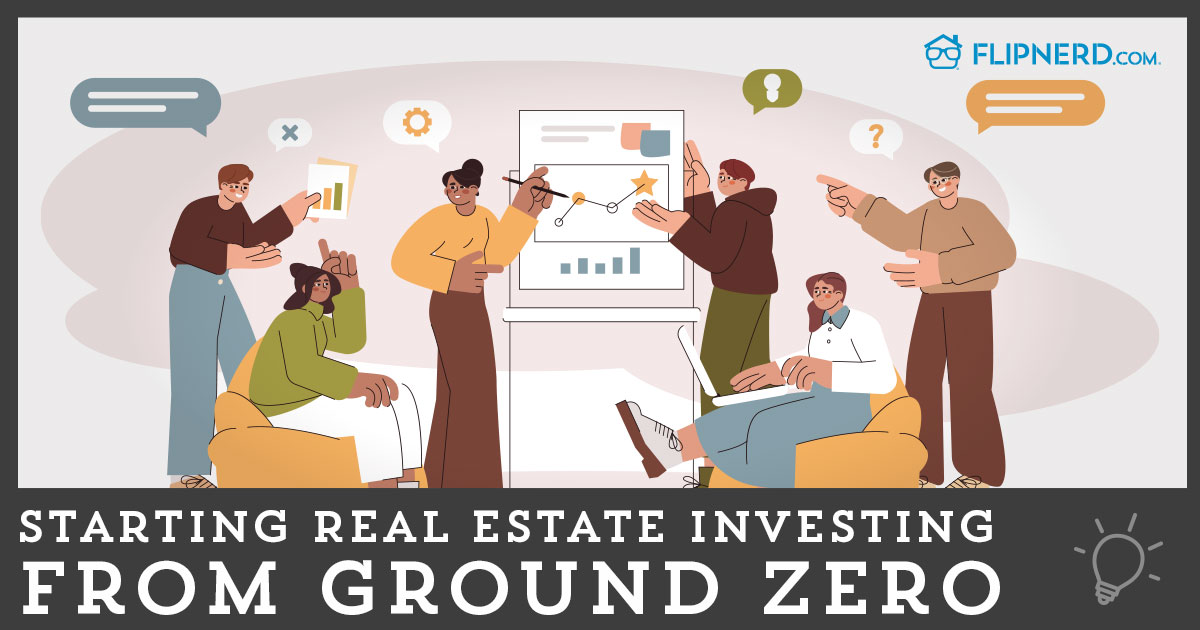“Growing old is not an option. We don’t have a choice. But we do have choices that will greatly affect our quality of life for the rest of our life.” —Henry K. Hebeler
Small businesses are the largest private sector job creators in our country, creating at least two out of every three jobs in the country, according to a recently published Harvard Business School working paper written by Karen Gordon Mills and Brayden McCarthy.
If you have had a chance of meeting one of the young age entrepreneurs or small business owners, you already understand the level of confidence they possess and the swiftness with which they solve everyday problems. However, a recent survey from TD Bank states otherwise, and as per its findings, 26% of these small business owners aren’t confident about their retirement savings.
The fear of not having enough retirement savings is highest among baby boomers nearing their retirement, at 28 percent, whereas 21% millennial small business owners shared a similar belief. Are you a small business owner or a self-employed professional? If yes, which of these two categories do you fall in?
While talking about the retirement trends among small business, Jay DesMarteau, Head of Small Business Banking for TD Bank, said, “Just as those in the workforce should invest in themselves through retirement savings, business owners need to have conversations about retirement and prepare for the future to ease the transition, whether that be closing or selling the business or passing it on to family member.”
If you already have a retirement plan in place, then that’s one of the best financial decisions you have made, and if you haven’t, don’t worry, we’ll help you with some practical steps to move further towards establishing a retirement plan.
Four Steps Towards Establishing a Retirement Plan
Step 1: What are Your Plans for Retirement?
“Victory is reserved for those who are willing to pay its price.” —Sun Tzu
Planning for a retirement is quite similar to creating a business plan. You need a clear vision and set your retirement goals upfront. For small business owners, some of the available options include selling your business to a third-party, selling your share to a partner, or close the business by disposing of its assets.
There are three questions you need to answer:
- What is your exit strategy?
- Who are the potential buyers of your business?
- Can your business operate without you?
It always pays to plan ahead, especially when it comes to finding the perspective buyers for your business. However, if you fail to do so, it is likely to appear like a distress sale, and you may not get the top dollar for your business.
Further, one of the most important characteristics of successful businesses is to be able to operate on its own, and being the owner, it is your responsibility to ensure that.
Step 2: Establish a Retirement Plan
“Your most effective retirement planning tool is time.” —Sally Herigstad
The best thing about planning ahead is that you have time on your side, especially in the case of retirement planning. For small business owners and self-employed professionals setting a retirement plan in their 20s, their money will have nearly four decades to grow and enjoy the benefits of compound interest.
Three Retirement Plans for Self-Employed and Small Business
SIMPLE IRA Plan
Savings Incentive Match Plans for Employees is an excellent option for small business owners, with 100 or fewer employees. It allows contributing up to $12,500 for 2015 and 2016, along with catch-up contributions of $3,000 for professionals above 50 years of age. Being an employer, you can choose among 2% fixed or 3% matching contributions of the overall compensation of your employees.
The benefits of Simple IRA are:
- Lower maintenance charges and requirements
- Affordable for mid-size companies
- Allows catch-up contributions
Simplified Employee Pension (SEP)
SEP is another retirement option that allows annual contributions of up to $53,000 in 2015 and 2016. However, it offers employer-only contributions and requires equal contributions for every single employee, which could be expensive if you have a large team. It doesn’t allow any catch-up contributions unlike its majority of counterparts.
The benefits of SEP IRA are:
- High contribution limits to build large nest egg
- Contributions made within the permissible limits are tax deductible
Self-directed Solo 401k
Self-directed Solo 401k or one-participant 401k is a qualified retirement plan for self-employed professionals and small business owners with no full-time employees. It allows annual contributions of up to $53,000 along with catch-up contributions of $6,000 for professionals above 50 years of age. One of the primary reasons behind its popularity is its vast investment options, including real estate, tax liens, tax deeds, private lending, precious metals, and private businesses. Further, its self-direction feature allows you to invest at your discretion; hence cutting unnecessary custodial consent period.
The benefits of Solo 401k are:
- Contribution limits of up to $59,000
- Participant loan of up to $50,000 or 50% of fund size
- Roth Solo 401k option
Step 3: Grow Your Business
“Ever since I was a child I have had this instinctive urge for expansion and growth. To me, the function and duty of a quality human being is the sincere and honest development of one’s potential.” —Bruce Lee
One of the greatest martial arts instructors of our time has reflected one thing that’s critical to every business or for that matter, to every professional, and that’s growth. Being a small business owner, you should aim growth every single day, and find out means to increase your revenue streams.
For small business owners planning to sell their business, growth plays an important role in creating value for investors or potential buyers. If you add more employees and revenue streams to your establishment, you are likely to receive a premium over the existing market value of your business.
Step 4: Seek Expert Help to Grow
“If you think education is expensive, try ignorance.” —Derek Bok
There’s no doubt that, being a small business owner, you’re smart and have a fair understanding of your business, but it’s always good to seek expert advice to propel your growth further. It can be in the form of effective marketing, cost-effective operational strategies, or business expansion.
An expert can help you realize your strengths while taking note of the weaknesses dragging your professional growth. In fact, some industries have a trend of working with mentors (real estate, stock market trading, sports, and financial brokerage), learning the important traits of the business.
The key is to keep moving forward while taking the time to analyze your business and financial stability in every couple of quarters.
Sources
1. http://www.hbs.edu/faculty/Publication%20Files/15-…
2. https://mediaroom.tdbank.com/2015-05-04-New-Survey…
3. https://www.irs.gov/Retirement-Plans/Retirement-Pl…
This article was also featured on 401khelpcenter.com.
Written by: Dmitriy Fomichenko









